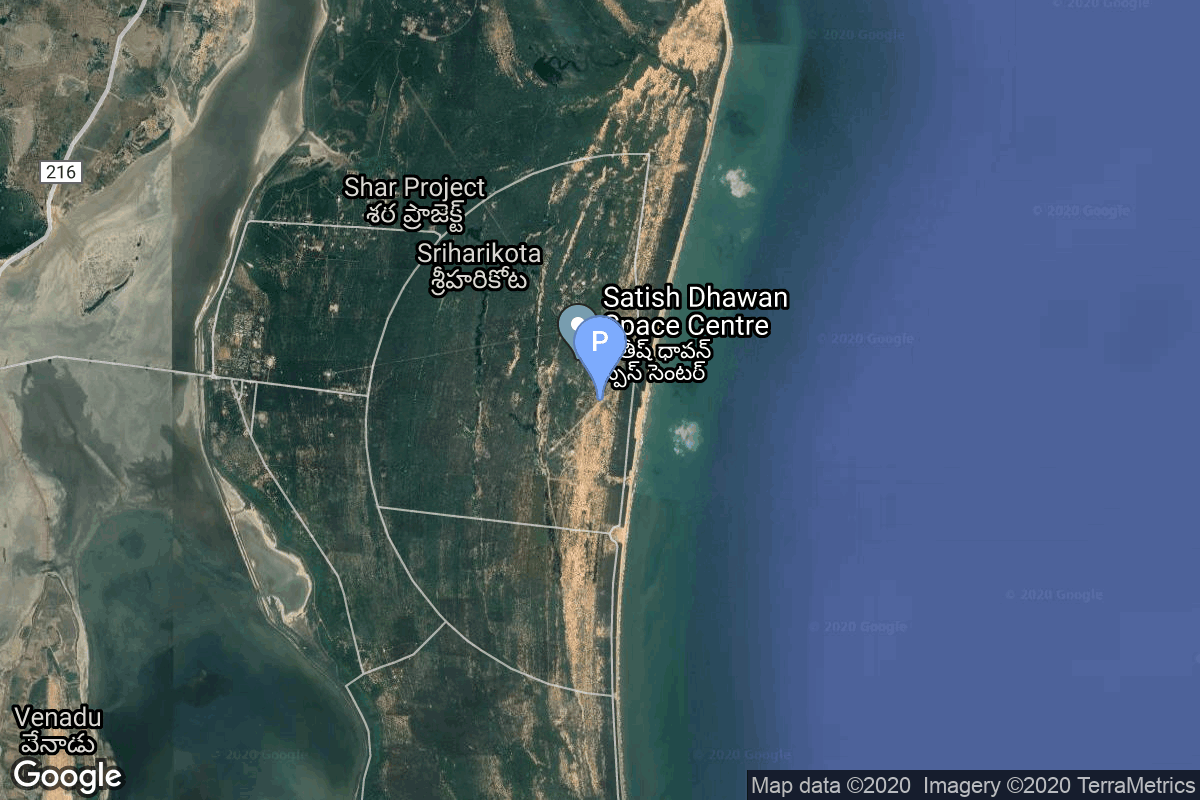GSLV Mk II | NISAR (NASA-ISRO Synthetic Aperture Radar)
Indian Space Research Organization
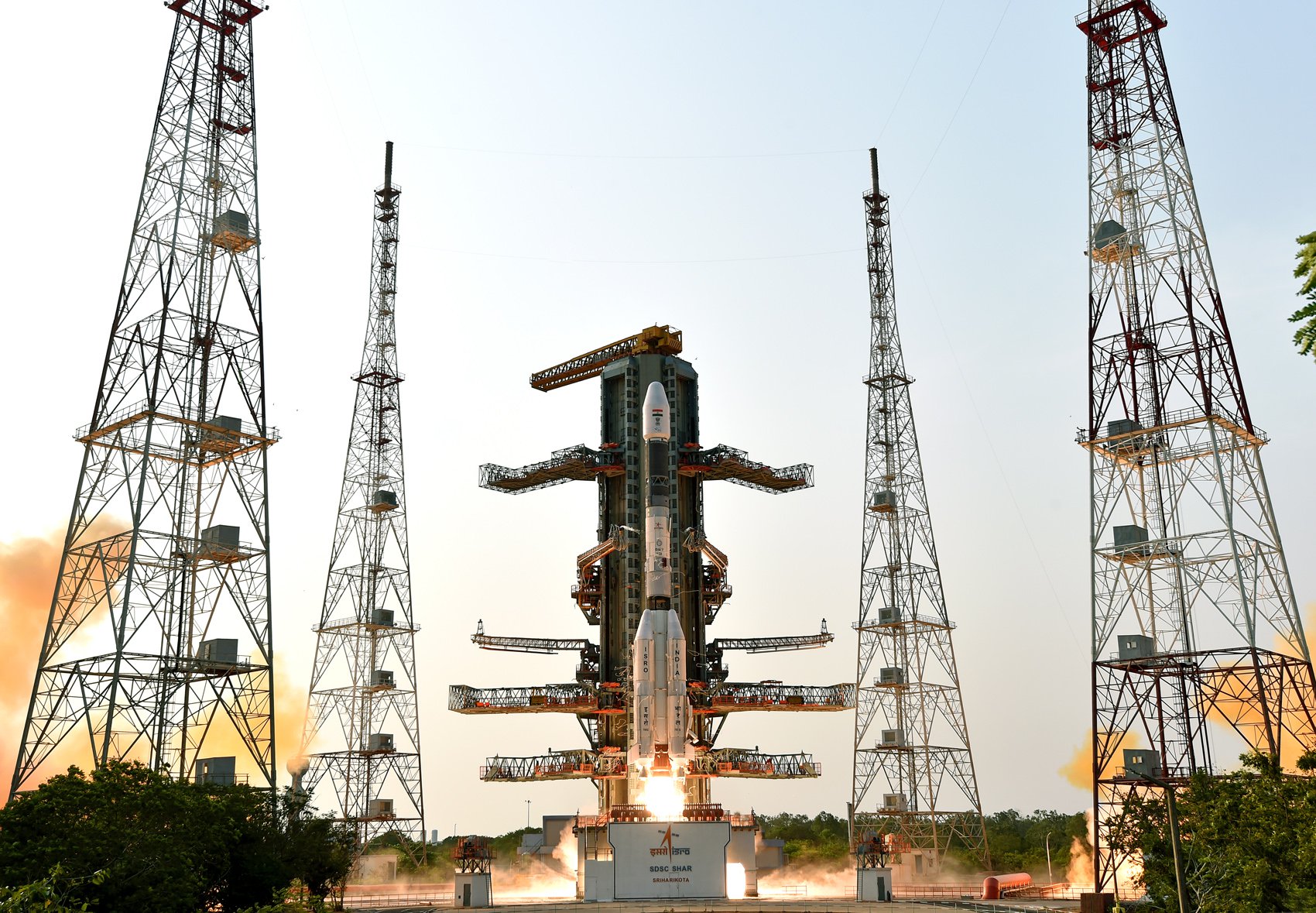
May 20, 2025, 12:00 AM
Status: To Be Determined
The NASA-ISRO Synthetic Aperture Radar, or NISAR satellite, will use advanced radar imaging to map the elevation of Earth's land and ice masses 4 to 6 times a month at resolutions of 5 to 10 meters. It is designed to observe and measure some of the planet's most complex natural processes, including ecosystem disturbances, ice-sheet collapse, and natural hazards such as earthquakes, tsunamis, volcanoes and landslides. Under the terms of the agreement, NASA will provide the mission's L band synthetic aperture radar (SAR), a high-rate telecommunication subsystem for scientific data, GPS receivers, a solid-state recorder, and a payload data subsystem. ISRO will provide the satellite bus, an S band synthetic aperture radar, the launch vehicle, and associated launch services.
Satish Dhawan Space Centre, India
Earth Science
Indian Space Research Organization
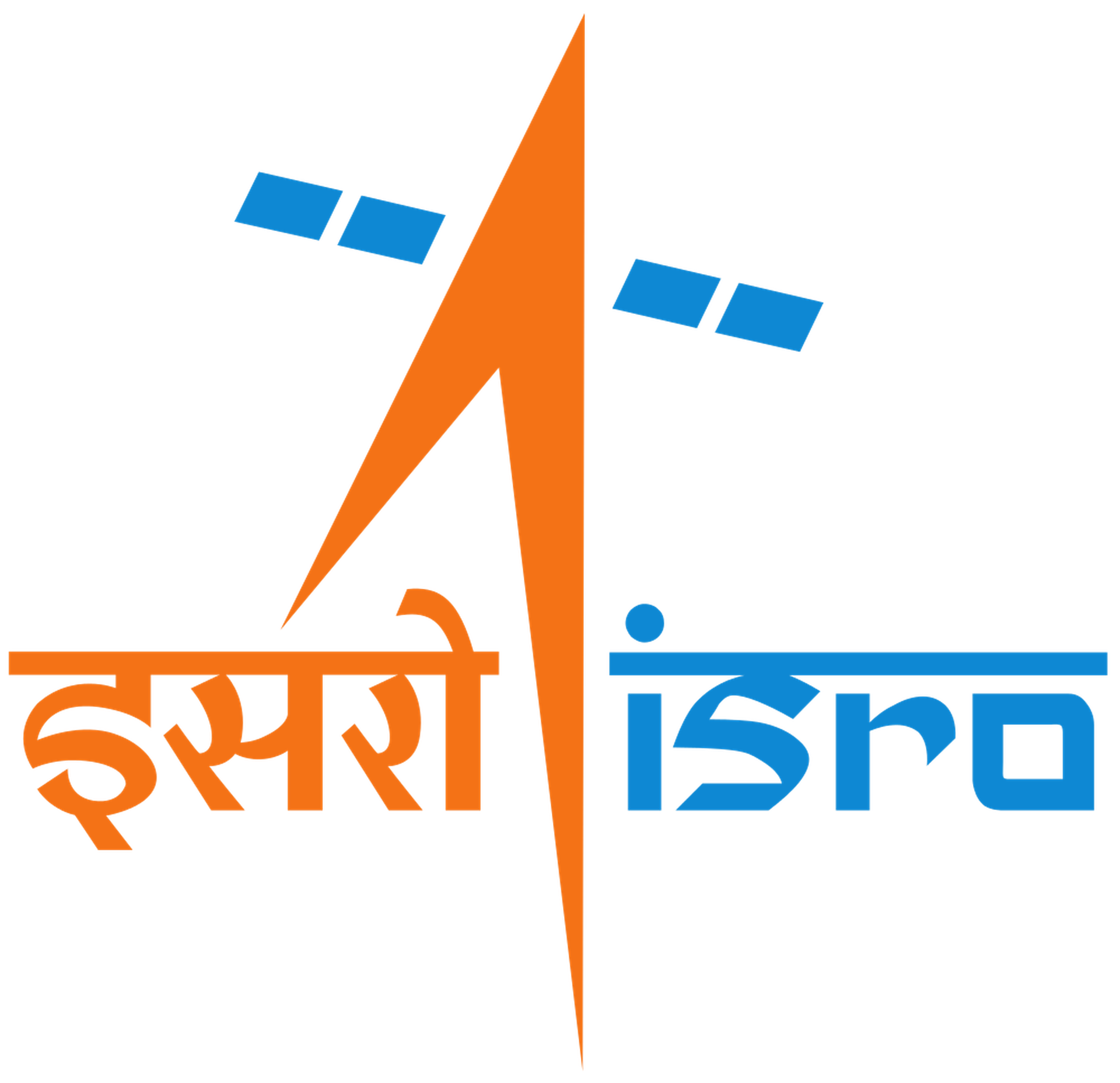
The Indian Space Research Organisation (ISRO) is the space agency of the Government of India headquartered in the city of Bangalore. Its vision is to "harness space technology for national development while pursuing space science research and planetary exploration."
NISAR (NASA-ISRO Synthetic Aperture Radar)
The NASA-ISRO Synthetic Aperture Radar, or NISAR satellite, will use advanced radar imaging to map the elevation of Earth's land and ice masses 4 to 6 times a month at resolutions of 5 to 10 meters. It is designed to observe and measure some of the planet's most complex natural processes, including ecosystem disturbances, ice-sheet collapse, and natural hazards such as earthquakes, tsunamis, volcanoes and landslides. Under the terms of the agreement, NASA will provide the mission's L band synthetic aperture radar (SAR), a high-rate telecommunication subsystem for scientific data, GPS receivers, a solid-state recorder, and a payload data subsystem. ISRO will provide the satellite bus, an S band synthetic aperture radar, the launch vehicle, and associated launch services.
Sun-Synchronous Orbit
Earth Science

GSLV Mk. II
Geosynchronous Satellite Launch Vehicle Mark II (GSLV Mk II) is the largest launch vehicle developed by India, which is currently in operation. This fourth generation launch vehicle is a three stage vehicle with four liquid strap-ons. The indigenously developed cryogenic Upper Stage (CUS), which is flight proven, forms the third stage of GSLV Mk II. From January 2014, the vehicle has achieved four consecutive successes.
Updates

Nosu
Mar 11, 2025, 8:55 AM
NET May 20
More info
Cosmic_Penguin
Feb 21, 2025, 7:48 AM
NET Q2.
More info
Cosmic_Penguin
Dec 12, 2024, 2:58 AM
NET late March.
More info
Cosmic_Penguin
Oct 26, 2024, 6:33 PM
NET February.
More info
Cosmic_Penguin
Jul 19, 2024, 2:12 AM
Slipped to NET early 2025 due to satellite issues.
More info
Cosmic_Penguin
Mar 30, 2024, 6:19 AM
NET October.
More info
Cosmic_Penguin
Mar 21, 2024, 12:17 PM
NET late May.
More info
Cosmic_Penguin
Feb 18, 2024, 10:25 AM
NET Q2 2024.
More info
Cosmic_Penguin
Jan 1, 2024, 4:02 PM
NET March 30.
More info
Cosmic_Penguin
Nov 9, 2023, 7:53 AM
NET early 2024.
More info
Nosu
Jun 25, 2022, 9:31 PM
Delayed to 2024
More infoReleated News


NASA JPL Prepping for Full Year of Launches, Mission Milestones
NASA
Jan 23, 2025, 5:55 PM
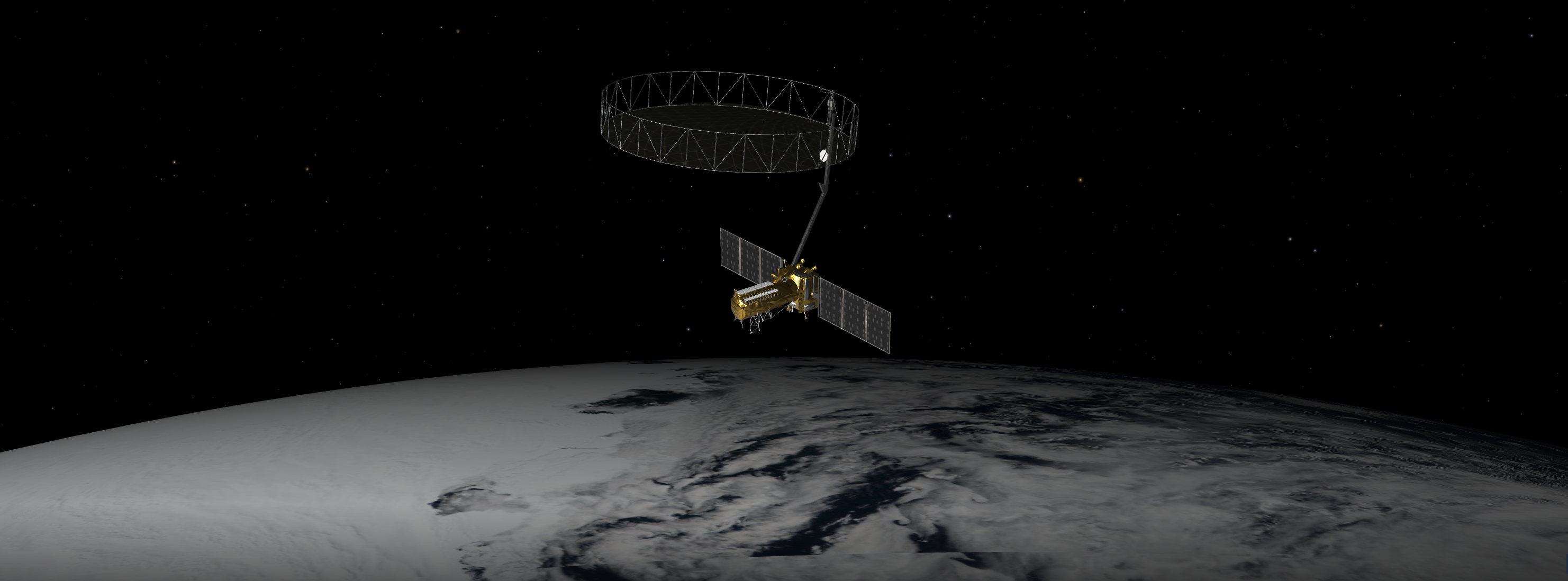


NISAR planned to launch in March 2025 after antenna repairs
SpaceNews
Dec 14, 2024, 9:03 PM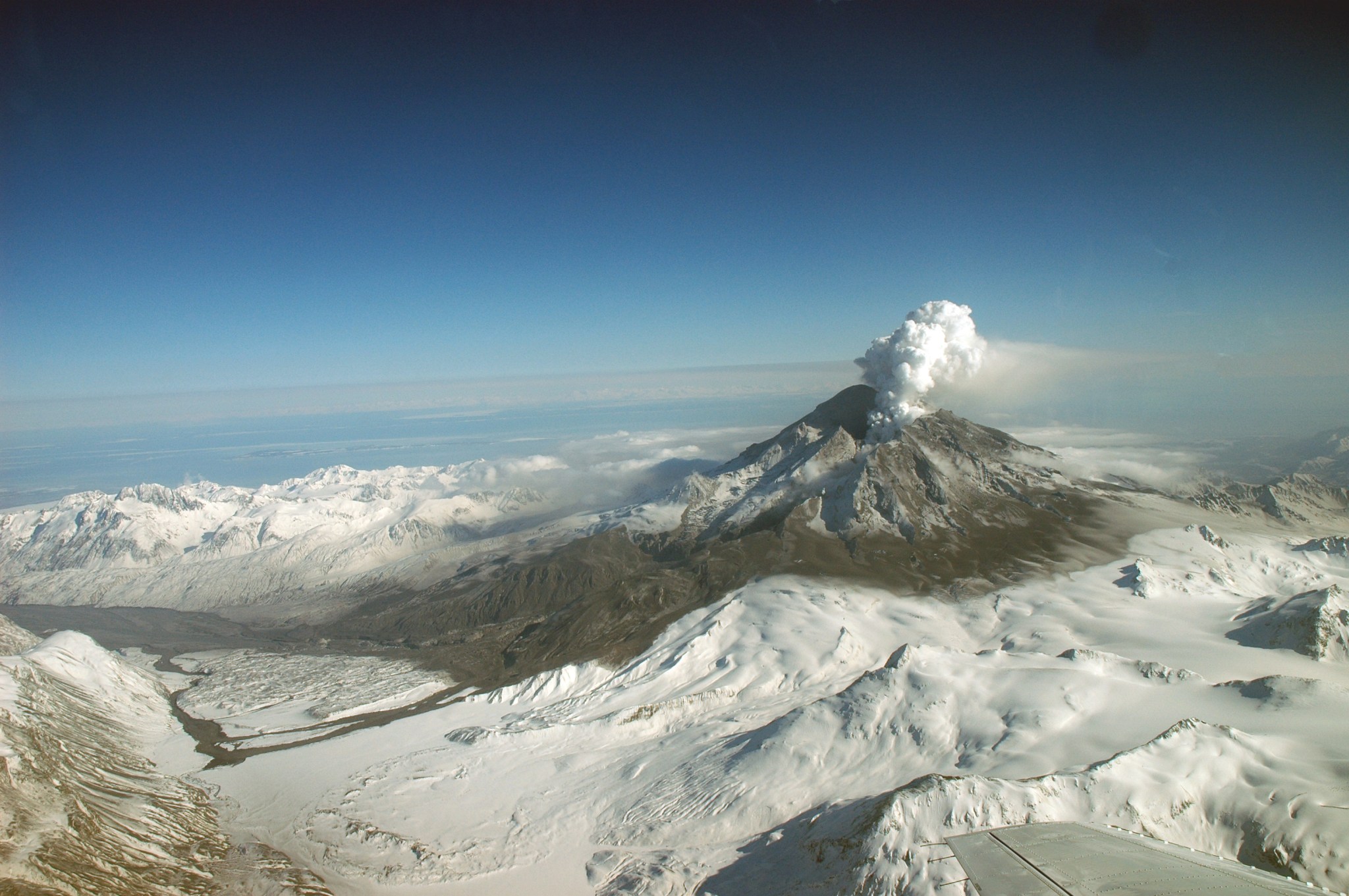
Powerful New US-Indian Satellite Will Track Earth’s Changing Surface
NASA
Nov 8, 2024, 3:56 PM
NASA’s C-130 Aircraft En Route to India in Support of NISAR Mission
NASA
Oct 17, 2024, 7:11 PM
NISAR Satellite Delayed To 2025 Due To Special Coating Work and Orbital Constraints
The Launch Pad
Aug 1, 2024, 8:19 PM
